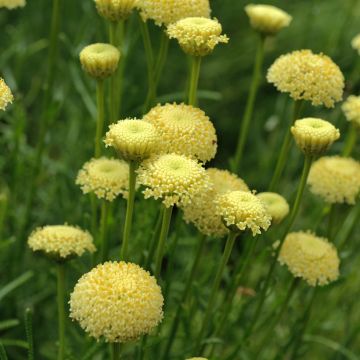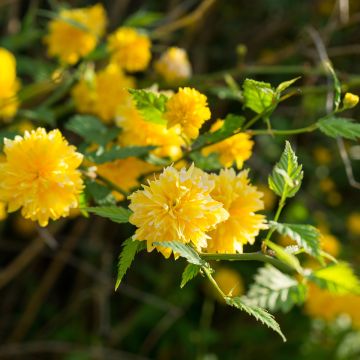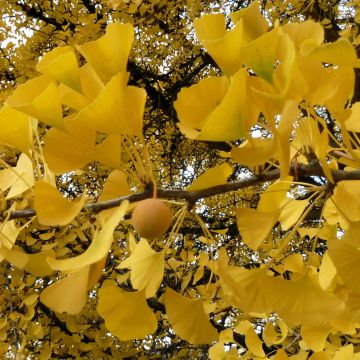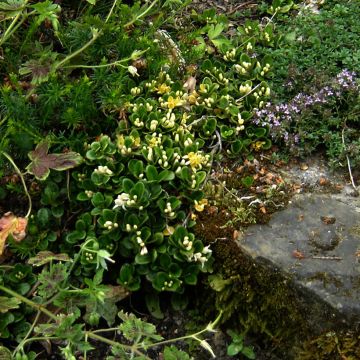Shipping country and language
Your country of residence may be:
Your country of residence is:
For a better user experience on our website, you can select:
Your shipping country:
Andorra
Austria
Belgium
Bulgaria
Canada
Chile
Croatia
Cyprus
Czechia
Denmark
Estonia
Finland
France
Germany
Greece
Hungary
Iceland
Ireland
Italy
Latvia
Lithuania
Luxembourg
Malta
Monaco
Netherlands
Poland
Portugal
Romania
Slovakia
Slovenia
Spain
Sweden
Switzerland
United Kingdom
We only deliver seed and bulb products to your country. If you add other products to your basket, they cannot be shipped.
Language:
French
German
Spanish
English
My Account
Hello
My wish lists
Plantfit
Log in / Register
Existing customer?
New customer?
Create an account to track your orders, access our customer service and, if you wish, make the most of our upcoming offers.
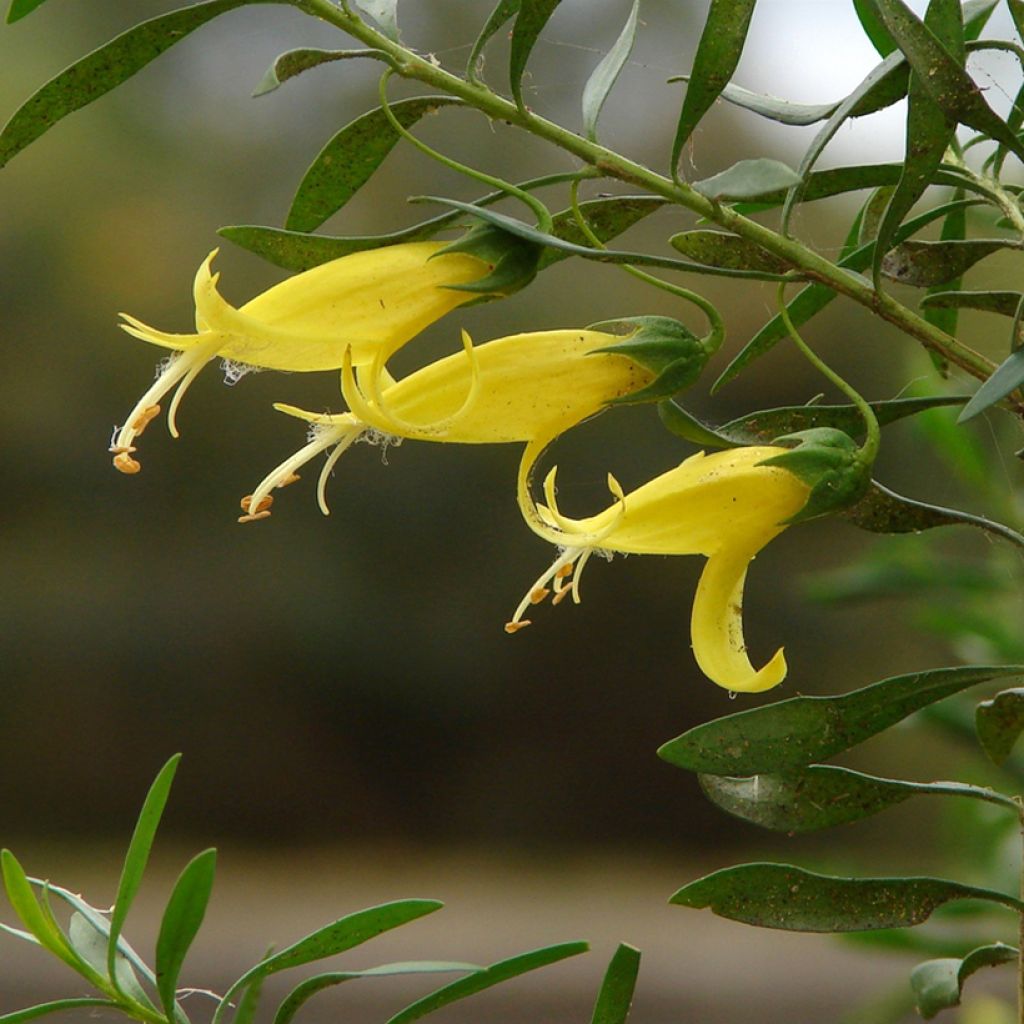

Eremophila maculata Aurea - Eremophile tacheté


Eremophila maculata Aurea - Eremophile tacheté
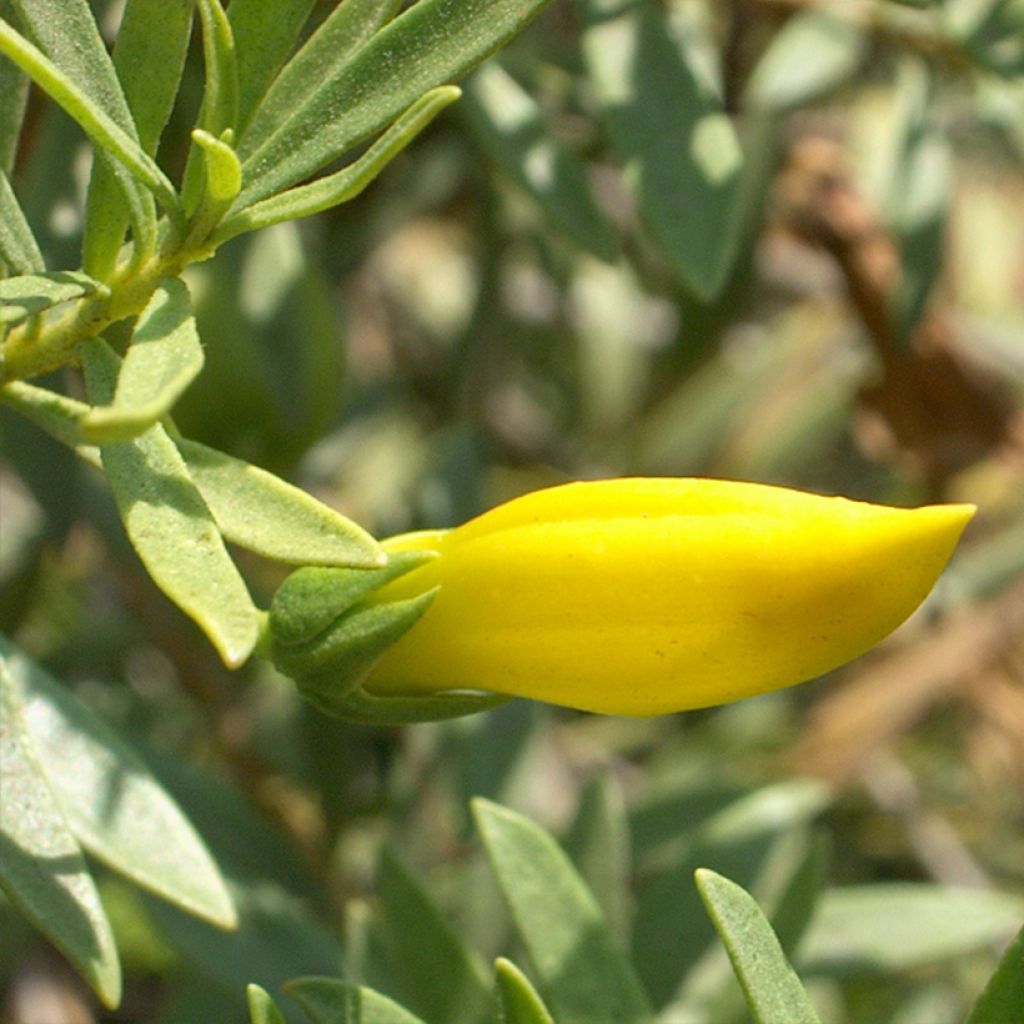

Eremophila maculata Aurea - Eremophile tacheté
Eremophila maculata Aurea
Eremophila maculata Aurea
Why not try an alternative variety in stock?
View all →Order in the next for dispatch today!
Dispatch by letter from €3.90.
Delivery charge from €5.90 Oversize package delivery charge from €6.90.
More information
This item is not available in your country.
Schedule delivery date,
and select date in basket
This plant carries a 24 months recovery warranty
More information
We guarantee the quality of our plants for a full growing cycle, and will replace at our expense any plant that fails to recover under normal climatic and planting conditions.
From €5.90 for pickup delivery and €6.90 for home delivery
Express home delivery from €8.90.
Does this plant fit my garden?
Set up your Plantfit profile →
Description
Eremophila maculata 'Aurea' is a horticultural variety with yellow flowers derived from a small Australian bush with the curious vernacular name of Emu Bush. Its evergreen foliage is decorative throughout the year, with a beautiful light green colour that is slightly shiny. In March, numerous greenish-yellow flower buds appear, which turn bright yellow before blooming into tubular flowers, lasting until the end of spring. Smaller than the species, it forms a compact bush that can be easily grown in pots outside the Mediterranean coast. It is a very good plant for coastal gardens where temperatures do not drop below -5°C (23 °F) and where the sun shines generously.
Eremophila maculata is a bush from the Scrophulariaceae family (formerly classified in the Myoporaceae family). The genus is relatively unknown, although it includes more than 200 species! Eremophilas are bushes native to Australian regions with mild winters but hot and arid summers. This species, E. maculata, is the most common in nature and one of the most cultivated in gardens. It is found in Western and Southern Australia, the Northern Territory and Queensland, New South Wales, and Victoria. It is a spreading bush, wider than it is tall and densely branched, reaching up to 1.80 m (5 ft 11 in) in height in its native region.
'Aurea' is a horticultural variety of uncertain origin but relatively old, as it was already listed in a nursery catalogue in 1956. It has a slightly different habit than the species, being more upright and therefore slightly taller than wide. Its dimensions are also smaller, usually reaching 1 m (3 ft 4 in) in height and only 60 to 90 cm (23.6 to 35.4 in) in spread. The foliage consists of small, smooth, lanceolate leaves, about 3 cm (1.2 in) long and a few millimetres wide. Arranged alternately along the flexible branches, they are a beautiful light green colour and slightly shiny. These evergreen leaves are decorative throughout the year and provide a beautiful backdrop for the flowers. In March greenish-yellow flower buds form, which then turn yellow before blooming. Solitary tubular flowers, 4 cm (1.6 in) long, with 5 unequal lobes, appear at the axils of the leaves. Each flower is carried by an S-shaped petiole. The interior of the corolla is hairy, with 4 long stamens. These highly luminous golden yellow flowers are produced profusely and succeed one another almost continuously until June. After pollination, small dry woody fruits with a beak form, difficult to spot in the vegetation. Eremophila seeds are very difficult to germinate as their dormancy requires specific conditions.
A sun-loving bush that can tolerate partial shade in the afternoon in very hot climates, it grows in neutral to slightly alkaline soil, occasionally moist but always well-drained. It tolerates drought and sandy soils, making it an ideal plant for the Mediterranean coast. It is hardy only down to -5°C (23 °F) when mature and should thrive in gardens in the sunniest possible location.
This Eremophila maculata 'Aurea', with its vibrant and long-lasting flowering, will be perfect in a bed alongside other sun-loving plants. Polygala myrtifolia, with its long flowering period from May to October in the form of pinkish-violet pea-like flowers, will create a strong contrast with the yellow of the Eremophila in spring, extending the spectacle until autumn. Lantana Chapel Hill Gold will display its umbels of golden yellow flowers at the same time, guaranteeing flowers throughout the summer. To vary the colours, a plant of Salvia leucantha, a magnificent sage with long gracefully arching spikes formed by a multitude of bicoloured flowers, purple and white, will complete this display.
The genus name Eremophila comes from the Greek words eremos (desert) and phileo (to love). It perfectly defines this group of bushes that are mainly found in desert regions.
Eremophila maculata Aurea in pictures


Plant habit
Flowering
Foliage
Botanical data
Eremophila
maculata
Aurea
Scrophulariaceae (Myoporaceae)
Cultivar or hybrid
Planting and care
Eremophila maculata 'Aurea' should be planted in the garden in spring or in September-October. It enjoys a sunny position sheltered from cold and dry winds. This bush requires well-drained soil, ideally sandy-loamy. It tolerates limestone well. Planting on slopes, in rockeries, or in a gravel bed is essential in climates that are more humid than the Mediterranean coast. This bush can withstand sea spray and is hardy down to -4 or -5°C (24.8 or 23 °F) at its lowest, after 2 or 3 years of cultivation provided that the soil it is planted in is dry enough. It is a plant adapted to a semi-arid climate and does not tolerate heavy frost, especially if the soil is heavy and wet. Otherwise, this Eremophila has the same cultivation requirements as cistus and lavender. Once well-rooted, it has excellent resistance to drought. You can provide it with a little low-phosphorus fertilizer in autumn. Prune lightly after flowering to maintain a compact habit. Be careful, it does not tolerate severe pruning well!
Beware of attacks from Australian scale insects in gardens where this pest is well established.
Cultivation in pots: in a well-drained substrate, a mixture of potting soil, gravel, sand, and garden soil. Use a large container with drainage holes at the bottom and create a drainage layer with gravel, broken pottery shards, or clay pebbles. Apply a low-phosphorus fertilizer in autumn. A plant grown in a pot should be regularly and deeply watered, but with intervals to allow the soil to dry out a bit between waterings. Shelter your potted plant in winter, protected from frost, in a bright but unheated location.
Planting period
Intended location
Care
This item has not been reviewed yet - be the first to leave a review about it.
Haven't found what you were looking for?
Hardiness is the lowest winter temperature a plant can endure without suffering serious damage or even dying. However, hardiness is affected by location (a sheltered area, such as a patio), protection (winter cover) and soil type (hardiness is improved by well-drained soil).

Photo Sharing Terms & Conditions
In order to encourage gardeners to interact and share their experiences, Promesse de fleurs offers various media enabling content to be uploaded onto its Site - in particular via the ‘Photo sharing’ module.
The User agrees to refrain from:
- Posting any content that is illegal, prejudicial, insulting, racist, inciteful to hatred, revisionist, contrary to public decency, that infringes on privacy or on the privacy rights of third parties, in particular the publicity rights of persons and goods, intellectual property rights, or the right to privacy.
- Submitting content on behalf of a third party;
- Impersonate the identity of a third party and/or publish any personal information about a third party;
In general, the User undertakes to refrain from any unethical behaviour.
All Content (in particular text, comments, files, images, photos, videos, creative works, etc.), which may be subject to property or intellectual property rights, image or other private rights, shall remain the property of the User, subject to the limited rights granted by the terms of the licence granted by Promesse de fleurs as stated below. Users are at liberty to publish or not to publish such Content on the Site, notably via the ‘Photo Sharing’ facility, and accept that this Content shall be made public and freely accessible, notably on the Internet.
Users further acknowledge, undertake to have ,and guarantee that they hold all necessary rights and permissions to publish such material on the Site, in particular with regard to the legislation in force pertaining to any privacy, property, intellectual property, image, or contractual rights, or rights of any other nature. By publishing such Content on the Site, Users acknowledge accepting full liability as publishers of the Content within the meaning of the law, and grant Promesse de fleurs, free of charge, an inclusive, worldwide licence for the said Content for the entire duration of its publication, including all reproduction, representation, up/downloading, displaying, performing, transmission, and storage rights.
Users also grant permission for their name to be linked to the Content and accept that this link may not always be made available.
By engaging in posting material, Users consent to their Content becoming automatically accessible on the Internet, in particular on other sites and/or blogs and/or web pages of the Promesse de fleurs site, including in particular social pages and the Promesse de fleurs catalogue.
Users may secure the removal of entrusted content free of charge by issuing a simple request via our contact form.
The flowering period indicated on our website applies to countries and regions located in USDA zone 8 (France, the United Kingdom, Ireland, the Netherlands, etc.)
It will vary according to where you live:
- In zones 9 to 10 (Italy, Spain, Greece, etc.), flowering will occur about 2 to 4 weeks earlier.
- In zones 6 to 7 (Germany, Poland, Slovenia, and lower mountainous regions), flowering will be delayed by 2 to 3 weeks.
- In zone 5 (Central Europe, Scandinavia), blooming will be delayed by 3 to 5 weeks.
In temperate climates, pruning of spring-flowering shrubs (forsythia, spireas, etc.) should be done just after flowering.
Pruning of summer-flowering shrubs (Indian Lilac, Perovskia, etc.) can be done in winter or spring.
In cold regions as well as with frost-sensitive plants, avoid pruning too early when severe frosts may still occur.
The planting period indicated on our website applies to countries and regions located in USDA zone 8 (France, United Kingdom, Ireland, Netherlands).
It will vary according to where you live:
- In Mediterranean zones (Marseille, Madrid, Milan, etc.), autumn and winter are the best planting periods.
- In continental zones (Strasbourg, Munich, Vienna, etc.), delay planting by 2 to 3 weeks in spring and bring it forward by 2 to 4 weeks in autumn.
- In mountainous regions (the Alps, Pyrenees, Carpathians, etc.), it is best to plant in late spring (May-June) or late summer (August-September).
The harvesting period indicated on our website applies to countries and regions in USDA zone 8 (France, England, Ireland, the Netherlands).
In colder areas (Scandinavia, Poland, Austria...) fruit and vegetable harvests are likely to be delayed by 3-4 weeks.
In warmer areas (Italy, Spain, Greece, etc.), harvesting will probably take place earlier, depending on weather conditions.
The sowing periods indicated on our website apply to countries and regions within USDA Zone 8 (France, UK, Ireland, Netherlands).
In colder areas (Scandinavia, Poland, Austria...), delay any outdoor sowing by 3-4 weeks, or sow under glass.
In warmer climes (Italy, Spain, Greece, etc.), bring outdoor sowing forward by a few weeks.



